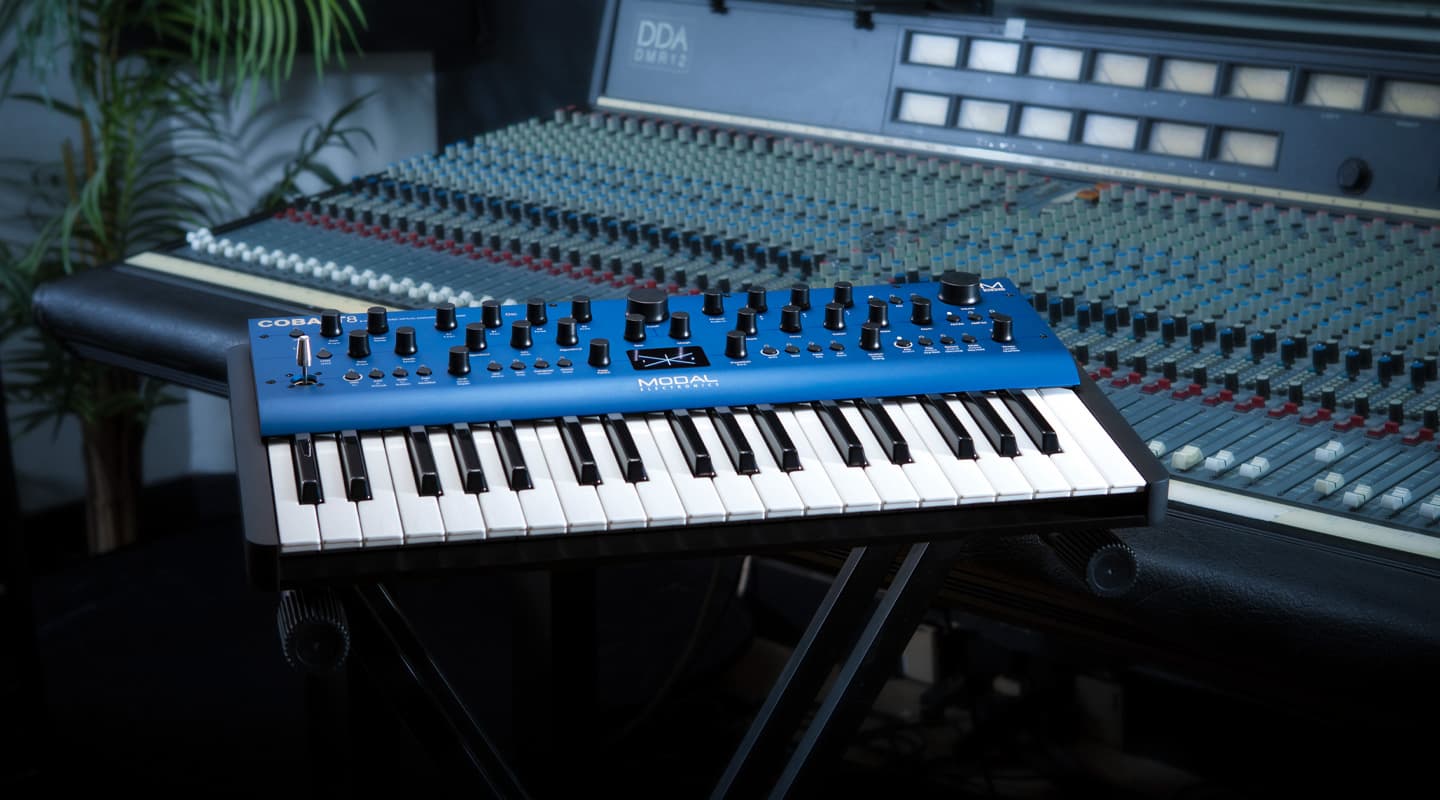
Review: Modal Electronics Cobalt 8
An eight-voice modelling synth with big scope for sonic sculpting, priced for the masses.
Synth lovers rejoice! It’s never been a better moment in history to be in the synth game. Synth lovers lament! It’s never been a more bewildering time to be in the synth game. The choice is currently astonishing. And affordable.
Let’s see, it wasn’t that long ago that the choice was simple: buy a workstation synth from Yamaha, Korg, Roland or maybe Kurzweil, and if you wanted a special weapon then maybe something from Access, Nord or Moog. If you enjoyed noodling, then take a look at the world of modular synthesis. A simplification, for sure, but about right.
Nowadays, there’s still the mainstay workstation market that remains dominated by Yamaha, Korg and Roland, but you now have some amazing competing and emerging growth in analogue synths and performance analogue modelling synths.
’LOGUE RHYTHMS
The analogue synth market is really quite something… arguably led by Behringer, which seems to have cracked some kinda universal analogue DNA sequence. It’s currently running a Jurassic Park for analogue synthesis and no synth of yore is likely to remain untouched. Behringer might have endured the barbs of the industry for copycat designs (some of it warranted and some of it sour grapes), and now it’s making money hand over fist and earning plaudits for its ability to copy old synth designs. I guess you call that irony.
I’m in awe of the beauty and design of many of these analogue synth replicas. The fact you can now choose which repro ARP2600 you want is mind-blowing. But here’s the thing: when you build a replica you bring a bunch of things that were annoying in the ’70s and ’80s into the 21st century. One of those things is the (in)ability to save presets. A modern implementation of MIDI would also be handy.
If you intend on using your synth in a modern setup, then consider if you need such stuff. And if you intend on performing with your new synth then features such as saved patches become important.
Analogue modelling synths may not have the mystique and charm of a fully analogue device, but they do bring ‘analogue’ into the rough and tumble world of modern performance and production.
Yamaha kicked it all off in the ’90s, Korg and Roland soon followed and Nord made its name with analogue modelling with the Lead.
In more recent times Korg has warmed up the market with Monologue and Prologue — synths with their own personality and approach to sound creation and performance.
Then along comes Modal Electronics.
SCRATCHING ITCHES
Modal has made a name for itself in quick fashion. Musicians and producers like the price and the originality of Modal instruments.
The Cobalt 8 itches a few scratches. It’s a synth lover’s synth, with enough depth and modulation possibilities to maintain their attention. And it’s a musicians synth as well, with good playability and build quality.
The ‘8’, of course, refers to polyphony. It’s a big number for a synth that sells for around A$1300.
Arguably, eight-note polyphony is a bit wasted on the 37-note version, you really have to pile in with some serious jazz-inspired chords to squeeze in eight notes. That said, when you’re playing legato, four-note polyphony can result in some note stealing so I’m not complaining. There’s a 61-note version of the Cobalt 8 as well, which you might consider if you’re going to be gigging with this synth.
NEED TO KNOW
Modal Electronics Cobalt 8
Digital Modelling Synthesizer
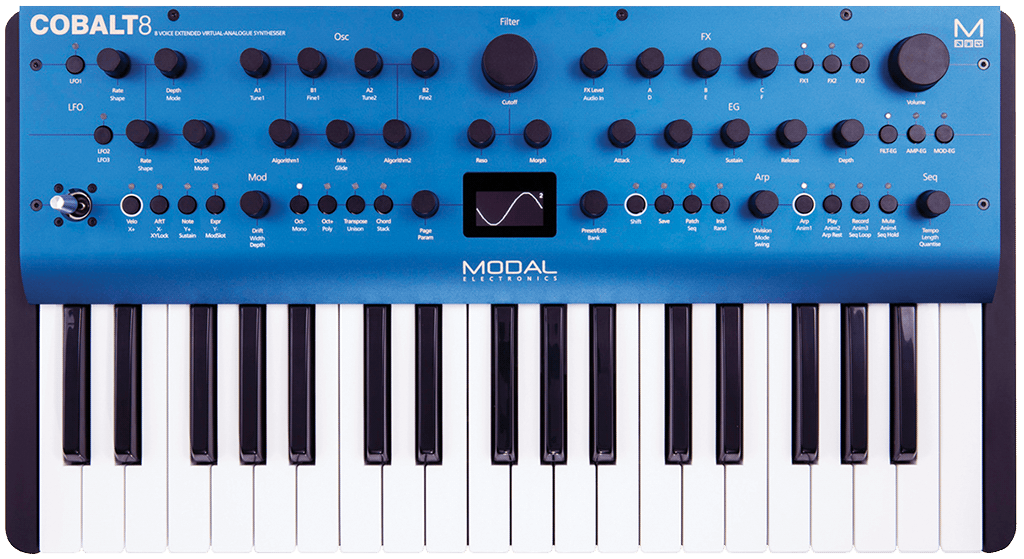
And why wouldn’t you? It’s built beautifully. Everything about the Cobalt 8 feels solid, just like the previous Argon 8, which has the same form factor.
I enjoyed my experience playing live with the Cobalt 8. The single most important feature of this synth, in this respect, is the ability to store presets to one of the eight buttons just above the keyboard manual on the left. There’s no other way of quickly navigating to a preset — otherwise you simply have to scroll, scroll, scroll, using the encoder to find the sound you’re after.
The Fatar keybed plays well and the aftertouch is satisfying. The four-axis joystick, looks incredible but for performance I would have preferred a bog standard mod wheel that stays in the position you left it rather than snapping back into neutral — this is not a monosynth, after all, and with eight-note polyphony, two hands on the ‘steering wheel’ isn’t uncommon.
Another feather in the Cobalt 8 cap is MPE support (where you can apply polyphonic control and expression to individual notes), which will please performers with an MPE-compatible master keyboard.
THE SOUNDS
Cobalt 8 sounds great. Just before I had to return the unit, I downloaded 100 free sounds from Baltica, which confirmed my sense of what a master programmer is capable of with this synth. Everything sounds… produced… easy to mix, it sits well… I’m not saying the sounds are predictable or anodyne — Cobalt 8 has plenty of surprises up its sleeve — but the building-block algorithms just seem so solid, well designed and selected.
My main gripe feels a bit churlish, but I really wish the sounds were categorised. When you scroll through the presets it really is like Forrest Gump’s box of chocolates — you don’t know what you’re going to get next.
If I was a Cobalt 8 owner, in for the long haul, I’d spend more time in the app and get my patches organised — basses, sequences, leads etc. The app is another Modal Electronics ace in the hole — a real asset for sound designers.

WORKING WITH COBALT
Working in Cobalt 8 is satisfying. There’s always a modifier that helps to take your sound places. The 4-pole morphable ladder filter with resonance takes centre stage in the layout. The little monochrome OLED screen is sufficient in almost all cases and a little frustrating on the odd occasion. The plethora of buttons and encoders is welcome. Still, it’s remarkable how often I was accessing ‘shift key’ secondary functions, but this isn’t a complaint. There’s logic and consideration in the layout of the UI.
The sequencer is another welcome inclusion as is the arpeggiator, which is a cut above your regular ‘up/down/random’ and ‘octave 1, 2, 3’ variety.
MODAL ORDER
Modal’s snappy tag is ‘beyond analogue’ and I’m becoming a convert. As much as I’m seduced by the mystique and cachet of true analogue with its attendant names like Dave Smith, Bob Moog, Tom Oberheim and others, that we invoke reverentially like high priests of a religious order, in truth, I want up-to-date MIDI specs, playability, reliability, ease of editing, presets, and regularly updated software. Modal Electronics does all this in addition to dishing up sounds that are modern, snappy, have depth and are easy to make your own.
ALGORITHMS LIST
VA Sweep: Sweep through sine, triangle, saw, square, pulse (with pulse width) (A), ability to detune the oscillators (or snap to musical intervals) using spread (B)
VA Crushed: Sweep through sine, triangle and saw shapes (A) with real-time control over bit crushing (B)
Spread Saw: Spread mode with increased oscillator count, ability to blend between the fundamental and detuned oscillators (A) and more comprehensive spread (B) options (e.g oct up + detuned)
Spread Square: Spread mode with increased oscillator count, ability to blend between the fundamental and detuned oscillators (A) and more comprehensive spread (B) options (e.g oct up + detuned)
Spread Triangle: Spread mode with increased oscillator count, ability to blend between the fundamental and detuned oscillators (A) and more comprehensive spread (B)options (e.g oct up + detuned)
PWM: Classic Pulse Width Modulation with width control (A) and ability to detune the oscillators using spread (B)
PWM Dual: PWM mode where as the width control (A) changes, the pulse width increases in the first cycle of the wave and decreases in the second cycle. Oscillators can be detuned using the spread (B) control
PWM Triangle / Square: Alternating triangle and square waves with control over the width of the triangle portion (A) and an asymmetry control (B) that allows every second cycle to have a different triangle width (inverse) to the first
PWM Saw Eraser: Wave with both a saw and PWM portion, with control over the ratio between the two portions (A) and the width of the PWM portion (B) relative to parameter A
PWM Triangle Pinch: Triangle wave with pulse width modulation (A) and an asymmetry control (B) which allows every second cycle of the wave to have a different width to the first (can be wider or narrower)
Hard Sync Saw: Classic hard sync with un-quantised ratio (A) that can be blended with a sub oscillator (B) one octave below the fundamental
Hard Sync Square: Classic hard sync with un-quantised ratio (A) that can be blended with a sub oscillator (B) one octave below the fundamental
Hard Sync Triangle: Classic hard sync with un-quantised ratio (A) that can be blended with a sub oscillator (B) one octave below the fundamental
Fractal Saw: Complex sync with un-quantised control over ratio (A) and and an asymmetry control (B) that allows every second cycle of the wave to have a different sync ratio to the first
Fractal Square: Complex sync with un-quantised control over ratio (A) and and an asymmetry control (B) that allows every second cycle of the wave to have a different sync ratio to the first
Fractal Triangle: Complex sync with un-quantised control over ratio (A) and and an asymmetry control (B) that allows every second cycle of the wave to have a different sync ratio to the first
Reverse Saw: Periodically reverses the direction of the waveform and changes the playback rate (A), asymmetry control (B) changes the period length (I.e the switch point within a cycle)
Reverse Square: Periodically reverses the direction of the waveform and changes the playback rate (A), asymmetry control (B) changes the period length (I.e the switch point within a cycle)
Reverse Triangle: Periodically reverses the direction of the waveform and changes the playback rate (A), asymmetry control (B) changes the period length (I.e the switch point within a cycle)
Window Amp Sync: Applies amplitude modulation to a sine wave using a hard synced waveform. Features an un-quantised sync ratio control (A) and the ability to morph between multiple window shapes (B)
Metal Saw: Creates ring modulation/amplitude modulation like effects by syncing a waveform to two separate signals, one at the base rate and one at the sync rate. Features un-quantised control over sync rate (A) and ability to balance between the base wave and the modulated signal (B)
Metal Square: Creates ring modulation/amplitude modulation like effects by syncing a waveform to two separate signals, one at the base rate and one at the sync rate. Features un-quantised control over sync rate (A) and ability to balance between the base wave and the modulated signal (B)
Metal Triangle: Creates ring modulation/amplitude modulation like effects by syncing a waveform to two separate signals, one at the base rate and one at the sync rate. Features un-quantised control over sync rate (A) and ability to balance between the base wave and the modulated signal (B)
Ring Mod Saw: Ring mod applied to two saw waves, with quantised ratio control (A) that snaps through a series of useful ratios, and a fine control (B), which cross-fades between these ratios allowing precise control across the whole range
Ring Mod Square: Ring mod applied to two square waves, with quantised ratio control (A) that snaps through a series of useful ratios, and a fine control (B), which cross-fades between these ratios allowing precise control across the whole range
Ring Mod Triangle: Ring mod applied to two triangle waves, with quantised ratio control (A) that snaps through a series of useful ratios, and a fine control (B), which cross-fades between these ratios allowing precise control across the whole range
Ring Mod Triangle / Square: Ring mod applied to a triangle and a square wave, with quantised ratio control (A) that snaps through a series of useful ratios, and a fine control (B), which cross-fades between these ratios allowing precise control across the whole range
Ring Mod Saw / Square: Ring mod applied to a saw and square wave, with quantised ratio control (A) that snaps through a series of useful ratios, and a fine control (B), which cross-fades between these ratios allowing precise control across the whole range
Ring Mod Saw / Triangle: Ring mod applied to a saw and triangle wave, with quantised ratio control (A) that snaps through a series of useful ratios, and a fine control (B), which cross-fades between these ratios allowing precise control across the whole range
Chaos Saw: Un-quantised ring modulation (A) combined with randomisation (B)
Chaos Square: Un-quantised ring modulation (A) combined with randomisation (B)
Chaos Triangle: Un-quantised ring modulation (A) combined with randomisation (B)
Fold Triangle: Triangle wave-folding (A) with DC offset (B)
Filtered Noise: Noise generator combined with a morphable filter with full control over Cutoff (A) and Morph (B)










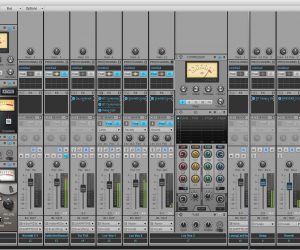
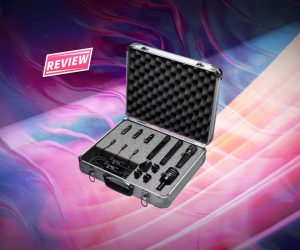
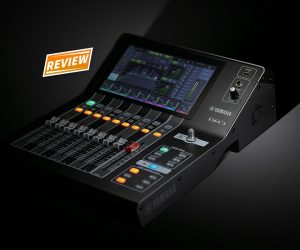






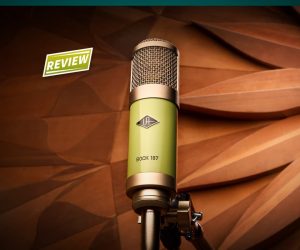

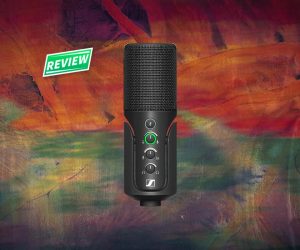


“Priced for the masses”? In which world does 1,300 sound affrodable? You can build a home studio for 1300
A$1300 is good value for an eight-voice synth, is all we’re saying.